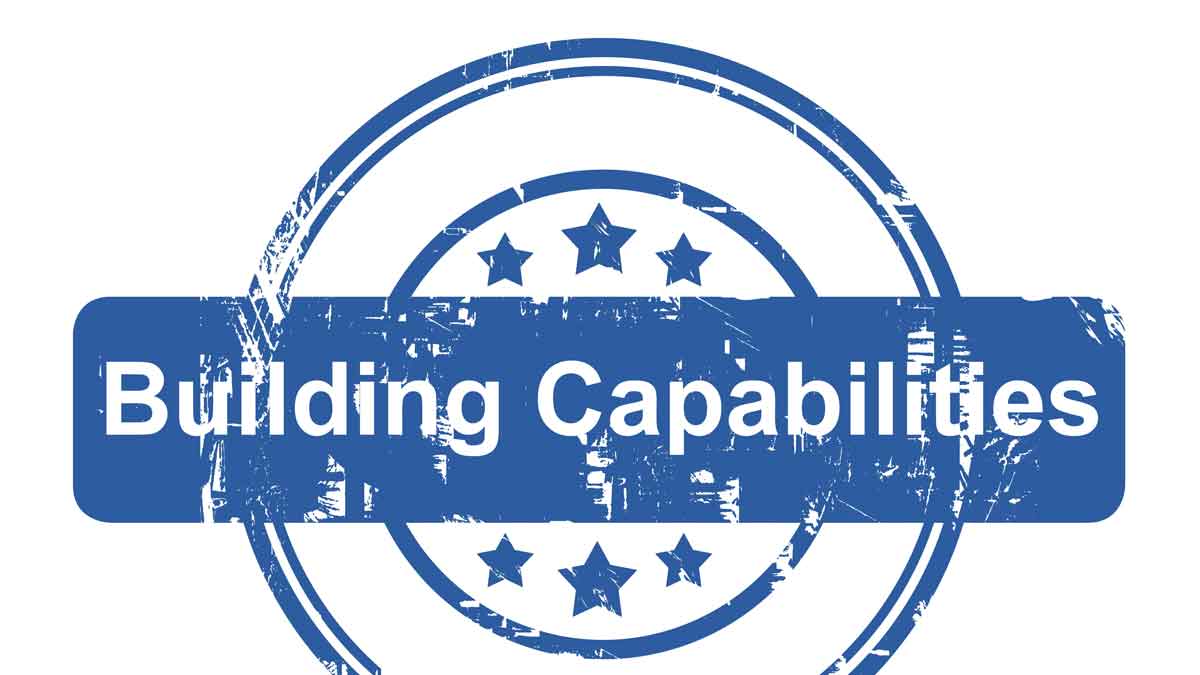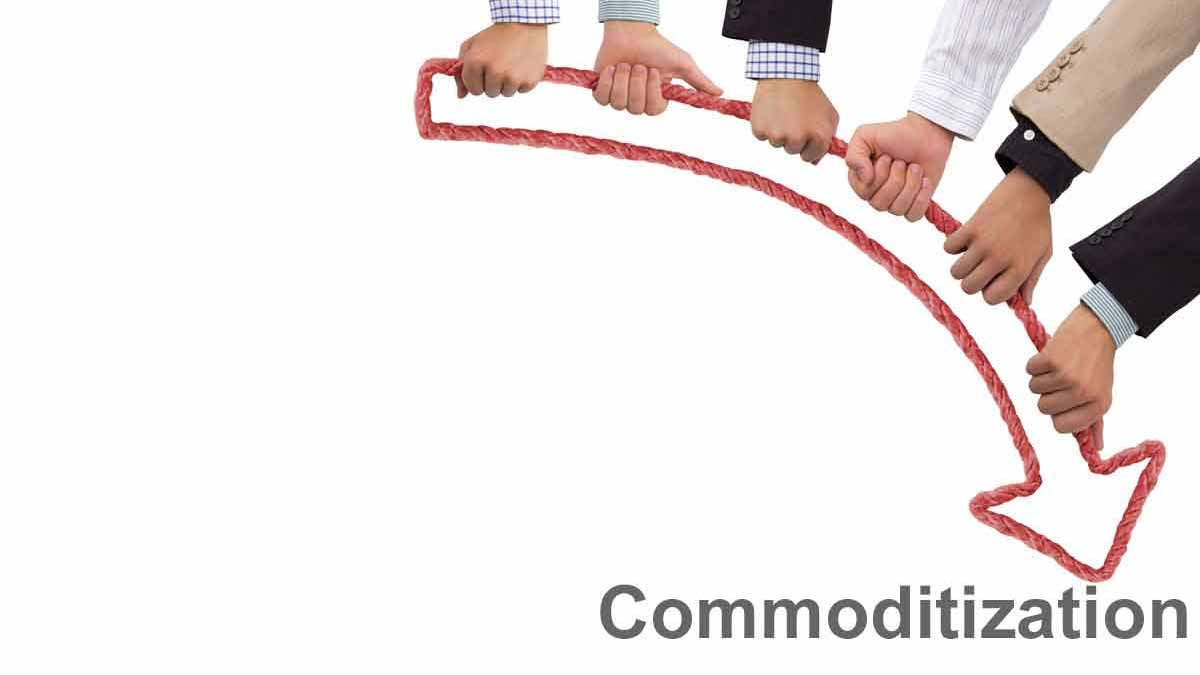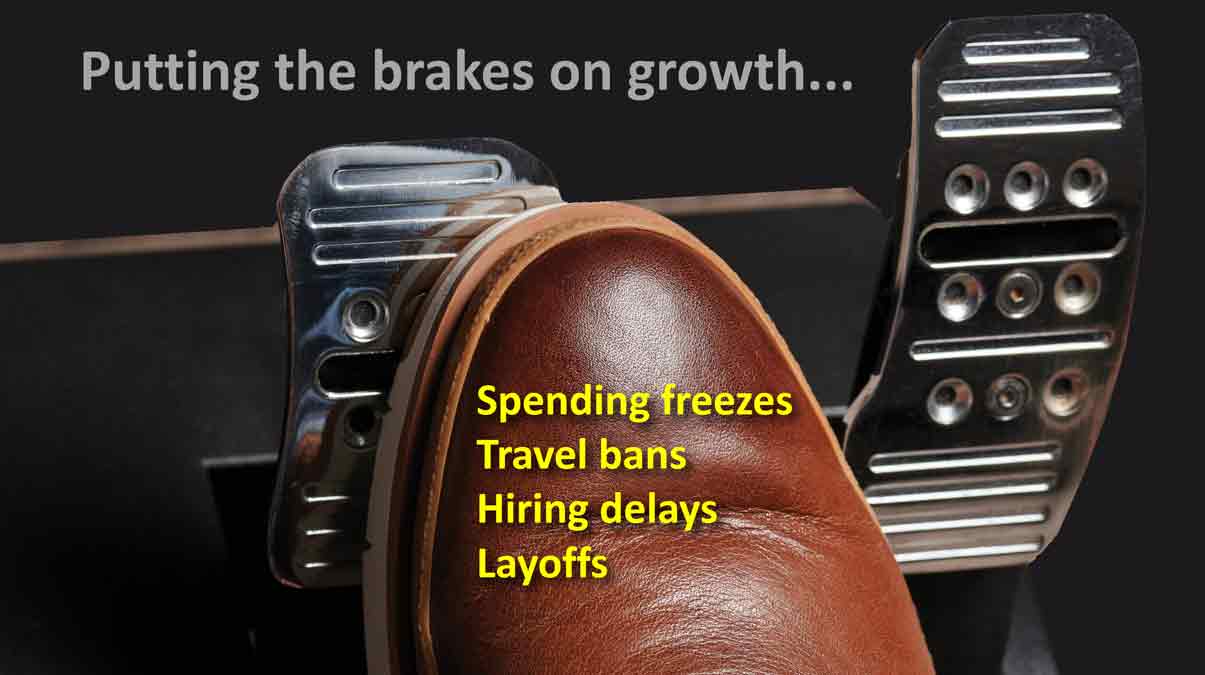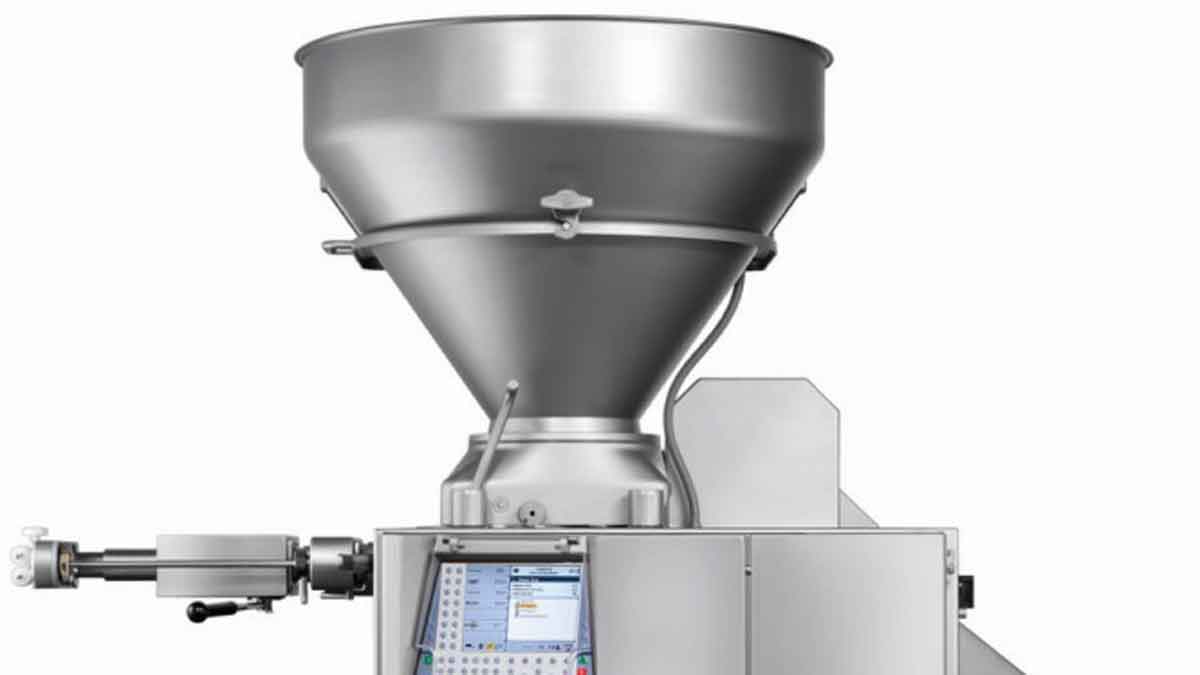One difference between business leaders and rock climbers is that many of the former think they can reach the top without training muscles. Imagine showing up at the base of El Capitan with recliner-chair abs and no climbing skills. Crazy? How about proclaiming double-digit growth plans every year… without developing the needed business-wide skills and capabilities?
More in the book, Business Builders, Chapter 9
Let’s substitute market research for reconnaissance… business strategy for battle plan… resource allocation for troop deployment. Many business leaders fail to 1) thoroughly understand their battle fronts, 2) determine the decisive points (markets) to attack, and 3) follow with an overwhelming assault here. These generals lose battles.
More in 2-minute growth video #17, Concentrate on winning markets
Do you know if your company is improving key capabilities? Understanding customers’ needs, assessing competitive alternatives, creating data-driven value propositions, etc.? A race team that just counts wins—instead of pit crew times and engine torque—stops winning. Understand the capabilities that drive innovation and start measuring them.
More in Chapter 9 of Business Builders by Dan Adams
If you manage one new-product project, it seems less risky to develop a “me-too.” But if you manage a business brimming with “me-too” and incremental new products, you’ll slide into commoditization with its death spiral. Very risky. So make sure your portfolio has enough products that will deliver significant value to your customers.
More in 2-minute video at 42. Beware of new product incrementalism
Here’s the logic: You want profitable, sustainable growth. The only way to achieve this growth is through customer value creation. And all value creation comes from improving important, unmet customer outcomes. So the better you understand customer outcomes, the better your growth can be. Are you doing this better than competitors?
More in e-book, Reinventing VOC for B2B
When recruiting John Sculley from Pepsi, Steve Jobs asked, “Do you want to sell sugar water for the rest of your life, or do you want to come with me and change the world?” Most employees paid no attention to your last quarter’s earnings-per-share. But they’ll tell the next generation how their new product turned an industry upside-down.
More in 2-minute video at 5. Shareholder wealth is a poor goal
Nothing you do within your operation will achieve such growth, unless customer value is also created. With operational efficiency alone, you’re in a race to the bottom. Quality and productivity improvements are important… but in isolation eventually lead to commoditization, as you and competitors approach a point of diminishing returns.
More in 2-minute video at 8. Rethink your major initiatives
There are many forces dragging your products toward commoditization: competitors trying to imitate your products… purchasing agents trying to standardize your products… new technologies trying to obsolete your products. In your quest toward specialty products, you’ll get no outside help. You own this one, baby.
More in 2-minute video at 9. Avoid the commodity death spiral
Tell me to increase shareholder value and I struggle to identify something I can do as an employee to raise earnings per share. Tell me to understand and increase customer value, and I can think of a dozen things to do, most of them actionable, measurable, and beneficial to our bottom line. Many of these I will find inspiring… as will others. Our research shows companies pursuing shareholder wealth grow slower than others.
More in Chapter 4 of Business Builders by Dan Adams
All growth-oriented innovation starts with customer outcomes. This is what customers want to have happen, with no understanding yet of how it will happen. Nothing a company does can achieve profitable, sustainable growth unless customer value is created… which comes only by improving these outcomes. Want to improve your new product success? Understand your customers’ outcomes in incredible detail.
More in 2-minute video at 22. Immerse your team in customer outcomes
Your company’s only path to profitable, sustainable, organic growth is understanding and improving customers’ important, unmet outcomes. Today this “understanding” is your best competitive advantage, simply because most B2B suppliers have far less customer insight than they could.
More in 2-minute video at 8. Rethink your major initiatives
Imagine your business stopped innovating, your profits declined, and it is now budgeting time. To salvage next year, you’ll likely cut long-term costs, e.g. R&D or marketing, further reducing your ability to create high-value products. Next year, you’ll have even fewer options. This results in death or irrelevancy. If you’ve started this spiral, pull out quickly.
More in 2-minute video at 9. Avoid the commodity death spiral
If you work inside a corporation, there’s a good chance you’re familiar with near-term cost controls: spending freezes, travel bans, hiring delays, layoffs, and so forth. Maybe you’re a business leader who has implemented these. But… have you considered the price you pay for them? Let’s see why it may be higher than you think. ... Read More
Most financial business reviews are like standing around the output die, exhorting the extruder to do better. But nobody’s checking the feed hopper. It looks like an intelligent meeting, discussing gross margins, price increases and growth rates. But these were predetermined years earlier, largely by your new products, what you put into the feed hopper.
More in 2-minute video at 10. Extend your time horizon













